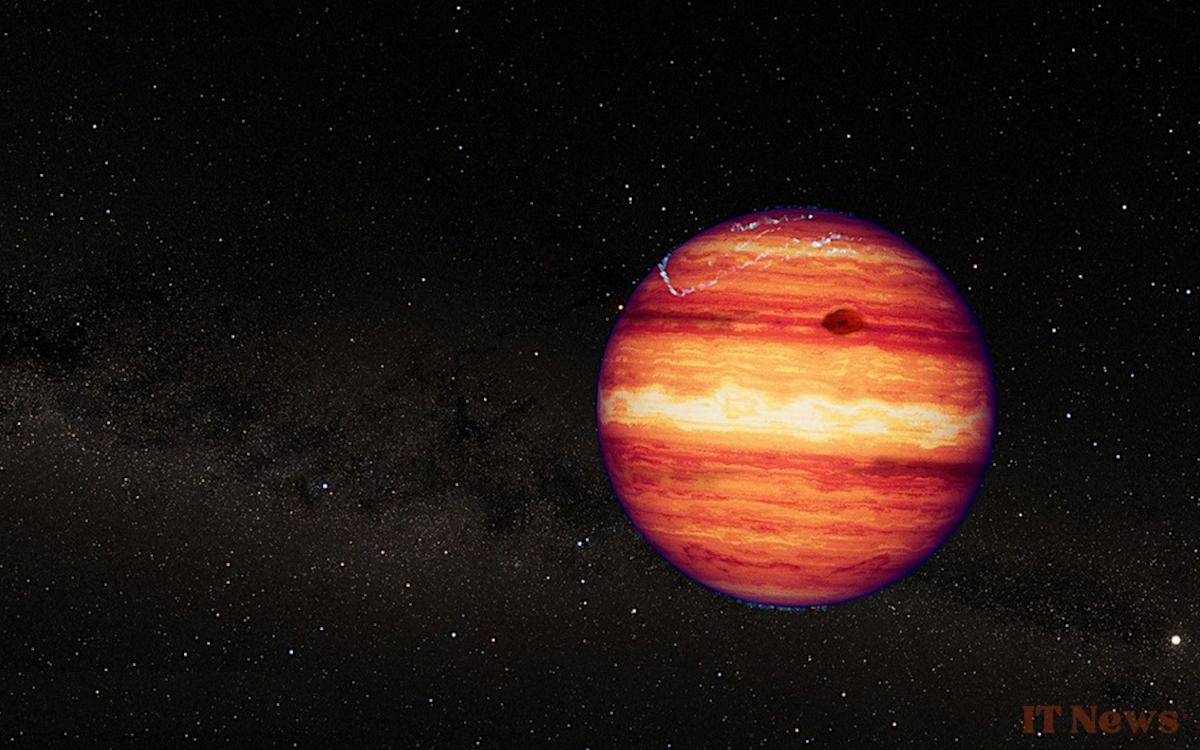The James Webb telescope has made a fascinating discovery: a giant planet traveling alone in space, without a star around it. This mysterious star, located 20 light-years from Earth, has an atmosphere filled with metallic clouds. A rare phenomenon that intrigues astronomers and could reveal more about the formation of these stars.
Space is filled with strange and unknown worlds. Thanks to modern telescopes, scientists regularly discover new stars with surprising characteristics. Among them are wandering planets, which move freely within the galaxy without being attached to a star. This type of object is difficult to observe, but it offers a unique opportunity to learn more about planetary atmospheres and the extreme phenomena that take place there.
Recently, astronomers used the James Webb Space Telescope to analyze SIMP 0136+0933, a wandering planet located 20 light-years from Earth. This massive star, almost as large as Jupiter, has a unique atmosphere, composed of iron clouds and magnetic minerals. Thanks to the telescope's infrared instruments, researchers were able to observe this planet with unprecedented precision.
James Webb Space Telescope Discovers Planet with Iron Clouds and Giant Auroras
The study of SIMP 0136+0933 revealed that its atmosphere is composed of two distinct cloud layers. The first, located deep within the planet, contains vaporized iron, while the second is made up of forsterite, a magnesium-rich mineral. These clouds are in constant motion, causing brightness variations that have intrigued astronomers. The absence of stars around this planet allows these atmospheric phenomena to be observed with exceptional clarity.
Another surprising discovery concerns the intense heat zones present on the surface of the planet. These giant hot spots, similar to Earth's northern lights, could be caused by magnetic storms or by complex chemical reactions involving carbon. These phenomena remain mysterious, and researchers plan to continue their observations with the Nancy Grace Roman telescope, which will be launched in 2027. This wandering planet could thus help to better understand the extreme conditions that exist on certain exoplanets.
Source: iopscience




0 Comments